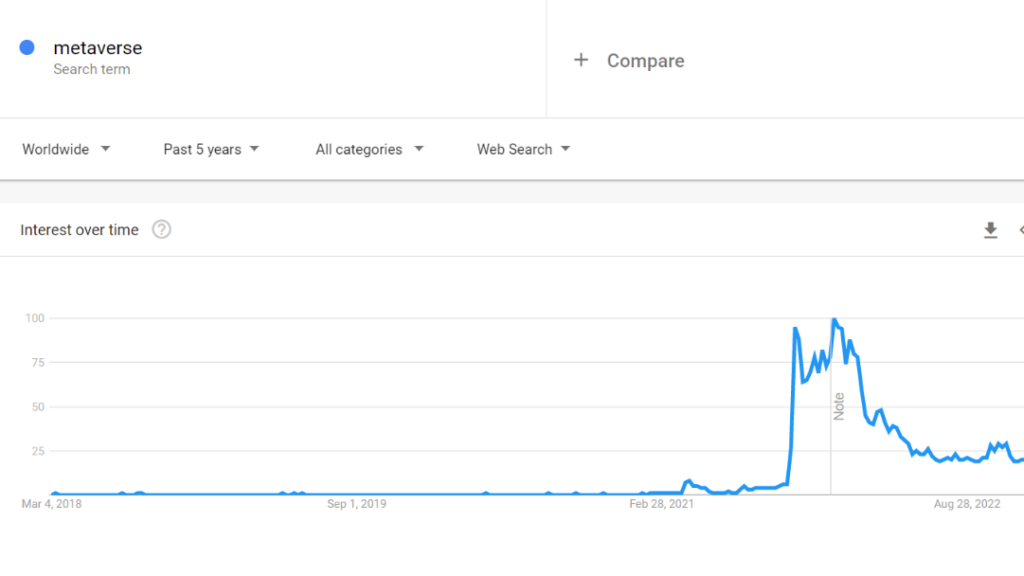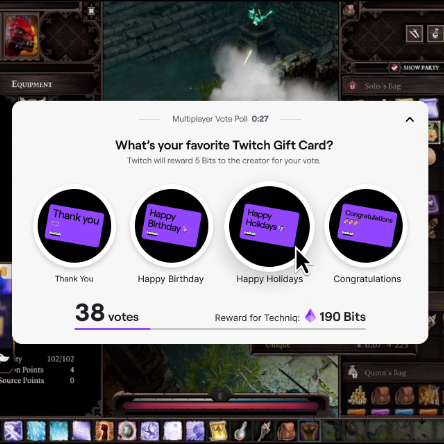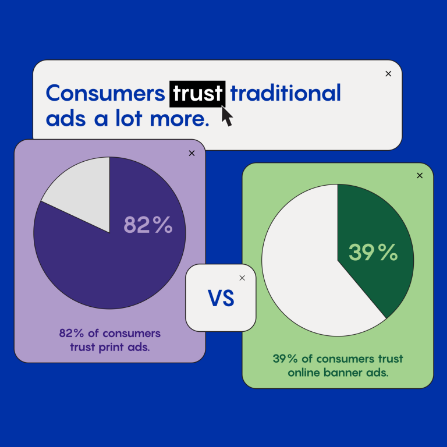
digital advertising and its struggle to be human
Digital ads are everywhere. But people aren’t as into seeing them anymore. 👀 Our strategy analyst, Jonnatan weighs in on the lessons traditional advertising can teach us in this digital age.
may 31, 2023
ad agency internship - advertising - blog - brands
by: jonnatan escobar
It’s no secret that we live our lives online, spending more time looking at blue-light screens than blue skies. Studies show that we spend a whopping 7 hours using the Internet on average. Naturally, marketers are spending more and more on digital advertising.
It’s personalised, targeted, and trackable. What’s not to love? This was the new, exciting frontier of advertising. Until it wasn’t.
With more investments came more digital ads, everywhere, resulting in people getting tired of it. In fact, they find digital ads to be repetitive, intrusive, and irrelevant.
Some brands were aware of how people feel towards these ads, and companies like Uber and P&G paused their digital spending to see what would happen. The results? Sales and downloads were basically the same.
This chart shows the difference in sales after pausing their digital spending.
If people don’t like digital ads, and brands aren’t profiting, digital advertising is looking like a lose-lose situation.
It’s personalised, targeted, and trackable. What’s not to love? This was the new, exciting frontier of advertising. Until it wasn’t.
With more investments came more digital ads, everywhere, resulting in people getting tired of it. In fact, they find digital ads to be repetitive, intrusive, and irrelevant.
Some brands were aware of how people feel towards these ads, and companies like Uber and P&G paused their digital spending to see what would happen. The results? Sales and downloads were basically the same.
This chart shows the difference in sales after pausing their digital spending.
If people don’t like digital ads, and brands aren’t profiting, digital advertising is looking like a lose-lose situation.
brands are trying real hard not to be annoying.
Marketers have been looking for ways to make digital ads more liked and trusted in order to garner better results. What have they been doing?
Some marketers decided to go deeper into the digital space, exploring new territories such as VR, AR, and the metaverse. However, beyond the initial hype, people were not ready or fully comfortable in this space yet. As a result, brands were only reaching the select few still interested.
Some marketers decided to go deeper into the digital space, exploring new territories such as VR, AR, and the metaverse. However, beyond the initial hype, people were not ready or fully comfortable in this space yet. As a result, brands were only reaching the select few still interested.


Brands have also been adjusting algorithms and creating fresh formats. Twitch, for example, created Multiplayer Ads, a new type of interactive video ad where viewers watch the same ad, at the same time during a stream. As a real-time poll viewers can interact with. This format brings a more immersive and interactive experience that people would not only value more but they would feel like it’s not an isolated interaction. It would be a two way interaction instead.

But neither of these solve the core problem: people don’t have trust in digital. Studies have shown people tend to trust traditional advertising way more than digital—80% vs. 40%, respectively.
why don't we look at what's worked in the past?
When we look at why traditional advertising worked, it comes down to three main principles: brand building, credibility, and relationship building. Let’s dive into each of them.

brand building
Digital advertising is often focused on the product, selling or making it known. But we don’t see enough digital ads that actually speak to the brand and their messaging. Nowadays, consumers pay even more attention to what brands stand for and their values. When people think of a brand, an adjective should come to mind. BMW is fast. Volvo is safe. Patagonia is sustainable.
This print ad is a testament to the strong brand Coca-Cola has built. Its shape, colour, and values are easy to imagine because they’ve been consistently represented year over year. This ad continues this brand building work by tapping into social causes like inclusivity and diversity to double down on their message: Coke is for everyone.
This print ad is a testament to the strong brand Coca-Cola has built. Its shape, colour, and values are easy to imagine because they’ve been consistently represented year over year. This ad continues this brand building work by tapping into social causes like inclusivity and diversity to double down on their message: Coke is for everyone.
credibility
Historically, if people saw a brand on a magazine or billboard they were more likely to not only recognize the brand but to trust it. Why? Because not all brands had the chance to advertise on a limited space. Nowadays, every brand can advertise on a digital space because it seems to be infinite. As a result, brands have to put more effort into gaining people’s trust, from creating a robust online presence to being authentic and transparent.

relationship building
It seems that digital ads are able to obtain the immediate sales brands would like to get. However, in order to foster long-term loyal customers, brands need to tap into the human side of things. After all, we’re marketing to humans.
White Claw’s Icy Wall is a great example. It taps into a human need: a cool place in scorching summer weather. Without asking for anything in return or explicitly selling product, it gave pedestrians a chance to feel how refreshing White Claw is.
White Claw’s Icy Wall is a great example. It taps into a human need: a cool place in scorching summer weather. Without asking for anything in return or explicitly selling product, it gave pedestrians a chance to feel how refreshing White Claw is.
brand known, brand owned.
As the latin word “advertere” means ‘turn the mind towards’, effective advertising shouldn’t be transactional. Instead of simply selling a product, ads should be an opportunity to earn the attention of a potential customer and make them believe in and live the brand.
In the difficult economic times we are currently living in, marketing budgets will be impacted, meaning it’s never been more important to create compelling brand stories. The unfortunate reality is that this simply isn’t happening.
So, in order to stand out in the digital space, brands must move beyond only focusing on performance metrics and start focusing on what the brand stands for and what it means for its audience.
People want to feel like they are part of a story and nurturing that sense of belonging does not come with offering a product on an online banner or having a transactional call-to-action. Brands that tell stories and prioritise relationships over transactional performance metrics will stand big and those who don’t might just take the risk of falling into irrelevance.
In the difficult economic times we are currently living in, marketing budgets will be impacted, meaning it’s never been more important to create compelling brand stories. The unfortunate reality is that this simply isn’t happening.
So, in order to stand out in the digital space, brands must move beyond only focusing on performance metrics and start focusing on what the brand stands for and what it means for its audience.
People want to feel like they are part of a story and nurturing that sense of belonging does not come with offering a product on an online banner or having a transactional call-to-action. Brands that tell stories and prioritise relationships over transactional performance metrics will stand big and those who don’t might just take the risk of falling into irrelevance.